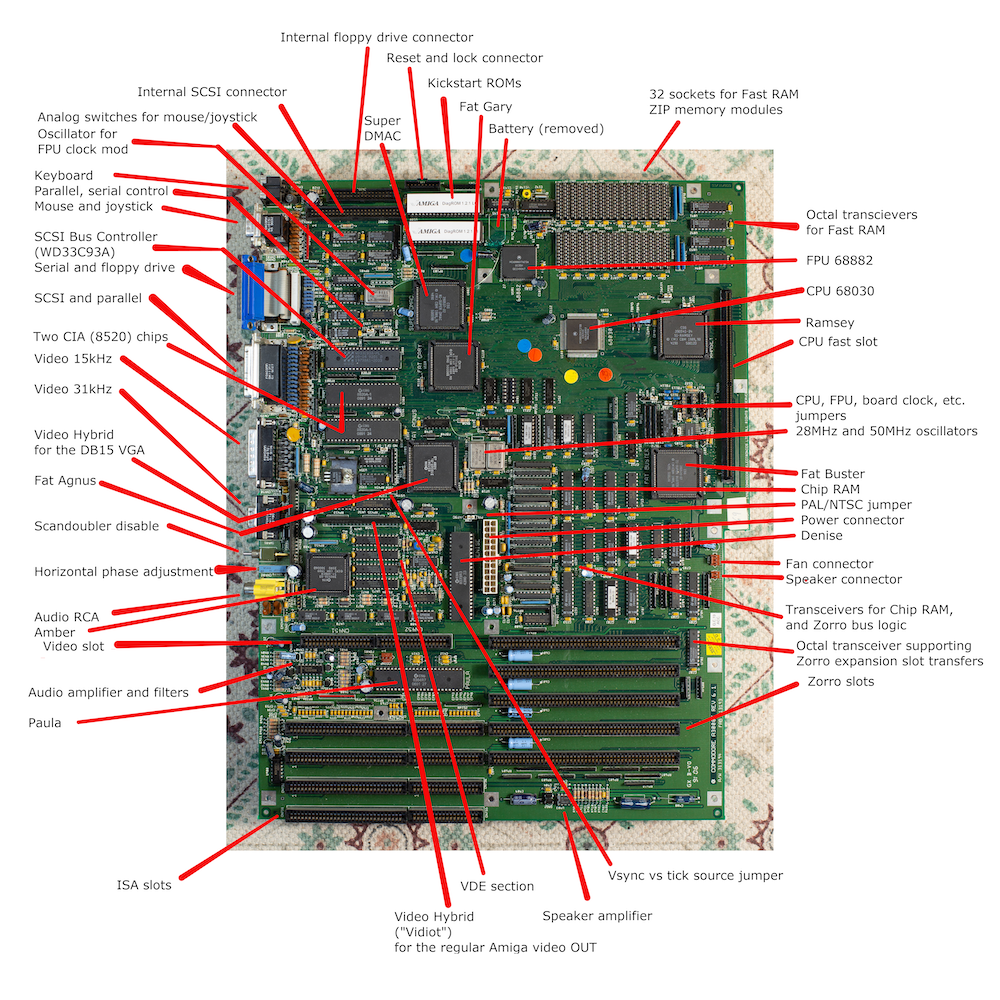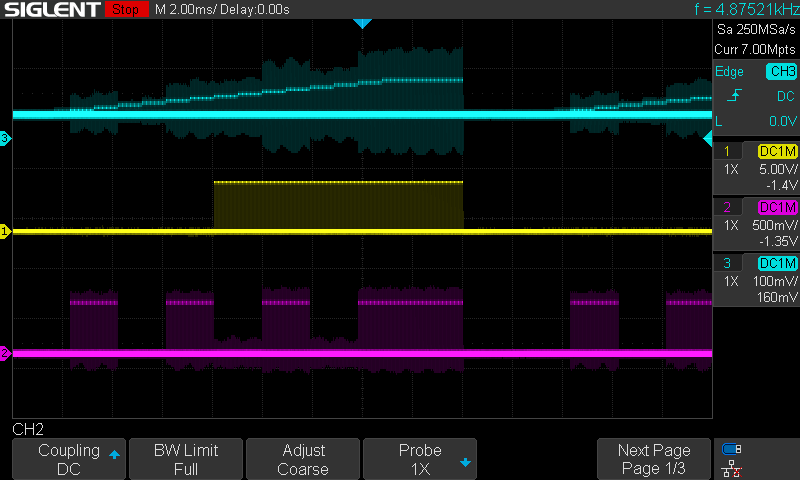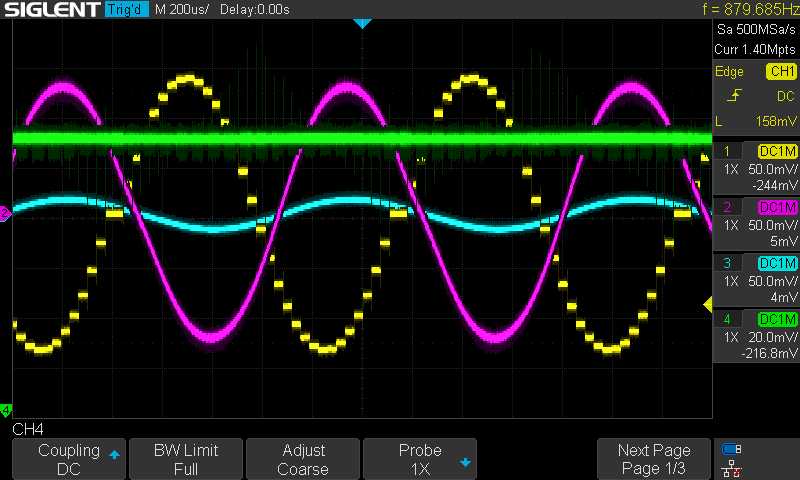
Amiga 3000T, introduced in 1991, was Commodore's response to the growing community of professionals who considered Amiga the go-to platform for graphics, sound and video work, but were unhappy with the expansion capabilities of the existing models. The article and the linked video are an attempt to collect and analyze the relatively scarce information about the model, and as I dive into the details of the machine, I will also be restoring and upgrading a long-abandoned Amiga 3000T which arrived in a package from Germany. This should enable us to conflate historical background with design and practical aspects of this unusual machine.
The new Amiga(R) 3000T multimedia workstation tower — the most expandable, flexible Amiga ever built. — reads a Commodore ad in Compute! Magazine of October 1992. The ad was published when Amiga 3000T had already been on the market for a year, and now re-introduced with the 040 CPU cost close to USD 6000. That is well over USD 12,000 in today's money. Even the most basic version, introduced in October 1991, apparently cost $4498 (I was unable to verify that), i.e. close to $10K. This makes Amiga 3000T the most expensive Commodore Amiga in history, with only one close runner-up, its successor A4000T. As for the numbers produced, in his YouTube channel Chris Edwards mentioned 8K total manufactured. That's not a big number, and I'm estimating that at most a few hundred are still in existence today, 30 years later.
The one described here has serial number 1050, and seems to not have been significantly modified since it was purchased. The serial number is the same on the case, the motherboard, and the power supply. One thing that struck me is that all sources known to me place the launch date in 1991 while the datestamp on the inside of the case in my machine reads Dec. 1990. So even if not launched before 1991, the machines -- or at least the cases -- were manufactured as early as 1990.
All information below is based on Rev 6.1 of the A3000T motherboard.
The dimensions of the Amiga 3000T motherboard are 456x346mm. That's a lot of PCB space; by comparison, a typical Baby AT motherboard is half that size! The A3000T is a double-layer PCB design with green solder mask and white silkscreen. Several functional areas can be easily distinguished: memory and CPU section in the top-right area, I/O components in the top-left area, Chip RAM and ECS chipset area in the center, and expansion section mixed with audio section in the bottom 1/3rd of the board. Let's take a closer look at the components and design in each of these sections.

Starting from the top-right corner (as when the PCB is positioned within the case, and the computer is standing upright), there are three initials of the engineers who designed the board, GCB (Greg Berlin), TF (Terry Fisher) and EG (Ed Gunther). That list is much longer in the case of A4000T, and I was actually unable to decipher all of the initials placed on the latter.
Next is the Fast RAM section, with 32 ZIP chip slots. ZIP stands for zig-zag inline package, and while the specific modules I found in my A3000T (TC514256AZ-70) in Chip RAM slots (same memory format as Fast RAM) have a 20-pin zig-zag design, the actual number of pins is 19 as one of the pins seems to be factory removed (see Figure 2). The schematics of A3000T confirm that this specific pin is not connected. It is very difficult to take a ZIP chip out after it has been sitting in the socket for 30 years -- apply a lot of IPA alcohol, or even a bit of WD-40 to lubricate the connector (clean the WD-40 residue after though), and then pull very gently bit by bit, alternating sides. There's total of 16MB of Fast RAM which is organized in 1,048,576 words, each of 4 bits; there is also an option, switchable by the jumper J852, to install 256K x 4 bits modules. The Chip RAM can be expanded from the factory 1MB to 2MB using eight 256Kx4-bit modules while the Fast RAM was factory-shipped with 2MB and can be expanded to the maximum of 16MB using either 256Kx4-bit or 1Mx4-bit ZIP modules. While the original ZIP modules are hard to come by (an example of an original chip would have been Toshiba 9101HDK TC514402Z-80), there seem to be replacement parts available; for example slower (non-Fast-Page-Mode ones) ZIP modules like this one can be used; if you're using memory on the CPU card anyway, the slowness of the mainboard RAM is of less significance, because the mainboard RAM has lower priority and is only used once the CPU RAM is exhausted. I have created a separate page listing all officially supported ZIP modules as per Commodore's A3000T Service Manual and User Manual. The four chips to the right of Fast RAM sockets are octal transceivers ensuring data moving to or from Fast RAM is efficiently transferred up and down the bus.
The A3000 Desktop and A3000 Tower were the first Amigas to use the 68030 CPU. The processor (specifically XC68030FE25B 03C43C QEKG8951) is soldered onto the motherboard, as is the 68882 FPU (MC68882FN25A 0C35H QECH9047). Reportedly there are newer A3000T PCBs, factory configured to use an 040 CPU in the Fast CPU slot, which come without the 030 CPU or the FPU soldered on.
The CPU is surrounded by four large logic chips, Super DMAC, Ramsey, Fat Buster, and Fat Gary. These don't count as what is traditionally referred to as the Amiga custom chipset, but were still custom-built by Commodore for the Amiga computers. Super DMAC is a disk and SCSI controller, ensuring 32-bit direct memory access (DMA). Commodore improved it in the 3K Amigas to ensure better system throughput for large applications, and for disk-intensive operating systems like Unix. Keep in mind that Amiga 3000 was meant to support Unix, and there was even a separately marketed version Amiga 3000UX shipped with a proprietary port of AT&T Unix System V. The specific Super DMAC chip version in my A3000T is 390537-02 81-SUPER DMAC 4890 50009B. Ramsey helps manage the onboard 16MB of RAM, and in this specific Amiga the markings on the chip read 390541-04 51-RAMSEY 4190 50012D. South of Ramsey is Fat Buster (390539-07 71-SUPER BUSTER 4391 51013G) is responsible for the expansion bus (Zorro) control, and compared to earlier A2000 version allows support for Zorro III while maintaining compatibility with the older Zorro II specs. Some people want to upgrade this factory revision 7 to 11 to "fix" DMA support, but actually revision 7 is not buggy as it was never meant to support DMA. The problem was only with a later revision 9 (used only in Amigas 4K) which were meant to support DMA but had a bug causing freezes. Fat Gary (390540-02 41-FAT GARY 3990 50008B) provides the logic and prioritization of signals transmitted to and from the CIAs, RTC, Chip RAM, ROMS, and Super DMAC.
CIA chips 0 (U350) and 1 (U300) (8520A-1 0891 24) provide supporting logic for floppy drives, joystick, serial and parallel ports, the power LED and much more.
Paula chip name stands for port, audio and UART, and the chip has been largely unchanged from earlier Amigas. The specific marking on the one in this A3000T is 8364R7 0691 27.
Video Display Enhancement, or VDE, is an Amiga 3K-specific subsystem to support 31kHz signal compatible with modern (at that time) VGA monitors as well as the typical Amiga 15kHz video output. To that end, Commodore has built a scandoubler, aka flicker-fixer, functionality right into the motherboard. The role of the scandoubler is to double the number of scanlines by first storing every second scanline, then storing the other set of scanlines, and then outputing them at a high frequency to improve the quality of image and remove the flickering resulting from alternating scanlines (hence the name). A specialized chip called Amber (390538-03 51-AMBER 3590 50006D, used only in Amiga 3000 and Amiga 3000T, controls the logic of the scandoubler. It works with two fast image memory composed of OKI M514221-4 and NEC D42101C-3 chips which provide the necessary image data buffering before outputing the digital signal to the digital-to-analog converter (DAC). While in some other Amigas the DAC was made of discrete components (see my video on how it works in Amiga 600), in A3000(T) two integrated DACs -- called Video Hybrids or Vidiots -- are used, one for the 15kHz signal, and the other one for 30kHz signal. The Video Hybrid is nothing more than a custom-built and sealed network of resistors which ensure 4-bit digital signal weighing and output a single 16-level analog line per color. Figure 3 shows the inputs (two out of four) and the output for a gradient of RGB's red component.

While the original Video Hybrids (390229-D NMB 039, PCB component HY480 for the 31kHz Amber output and HY450 for the regular Amiga video output) are custom chips built by Commodore and difficult to obtain, there is an open source hardware project called OpenAmigaVideoHybrid which allows anyone with the necessary skills and tools to built a replacement part.
